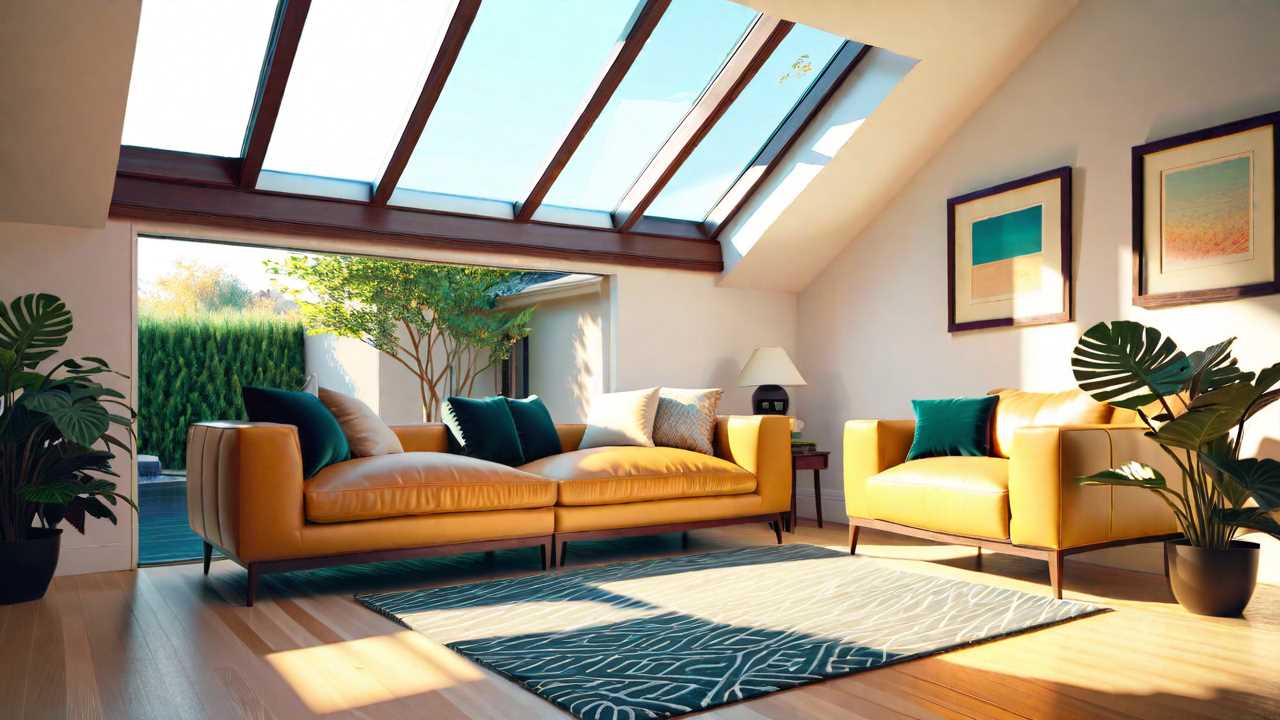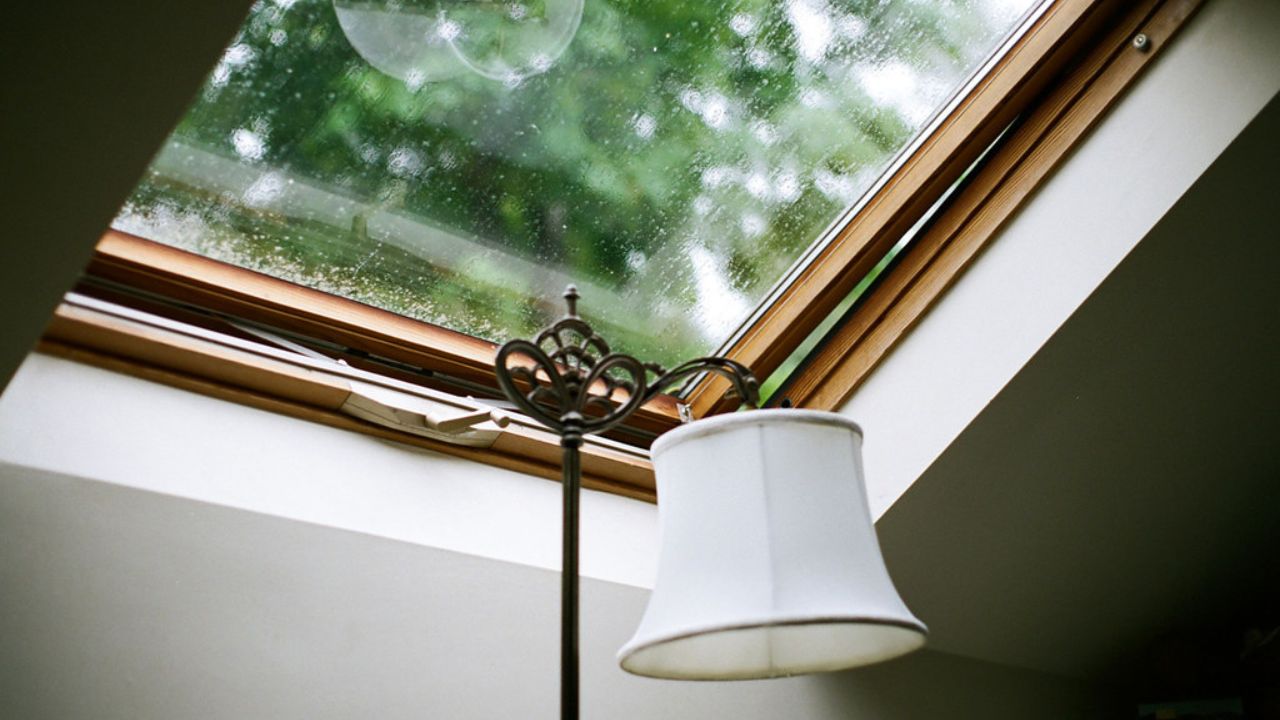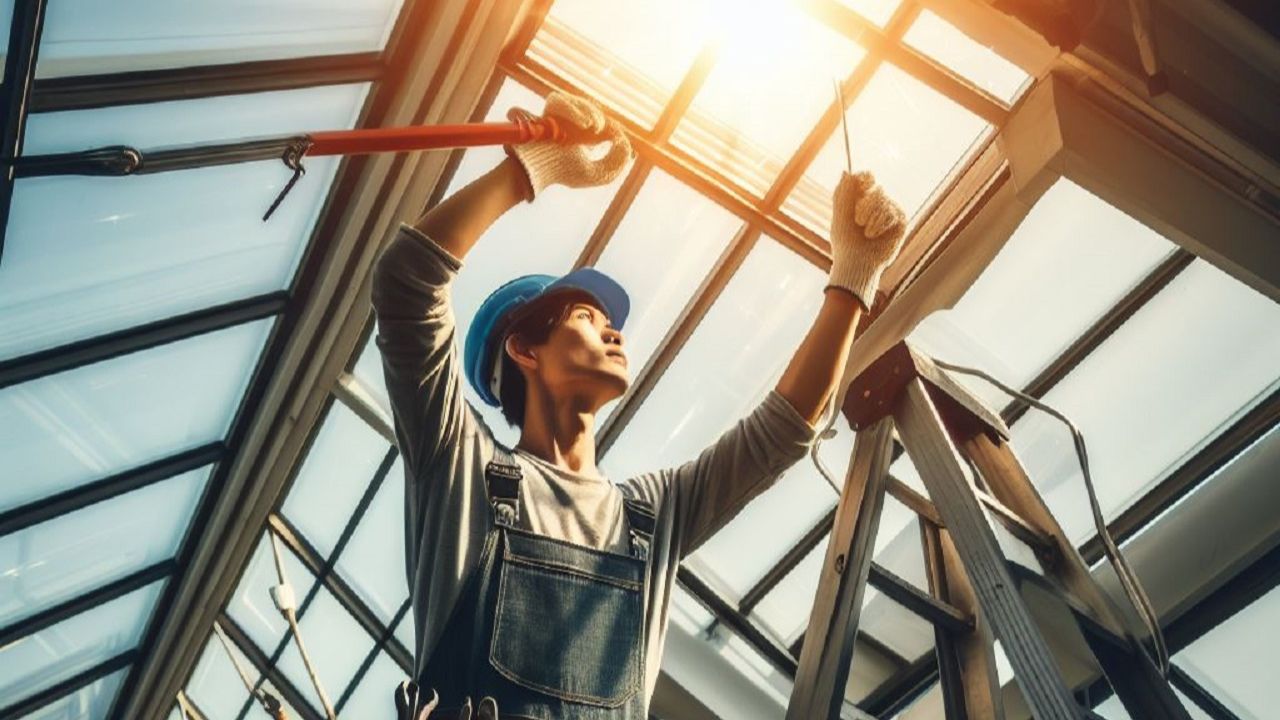
If you’re considering adding skylights to your home in a hot climate, you may be wondering if they are truly beneficial. While skylights can bring in natural light and create a pleasant atmosphere, their impact on temperature regulation is a topic that requires closer examination. Before you make a decision, it’s important to weigh both the advantages and potential drawbacks of installing skylights in warmer regions.
Pros of Installing Skylights in Hot Climates
When considering the benefits of installing skylights in hot climates, it’s important to note that they can significantly reduce the reliance on artificial lighting during daylight hours. By allowing natural light to flood into your space, skylights not only brighten up the room but also create a more inviting atmosphere. This natural illumination can improve productivity, mood, and overall well-being. Moreover, skylights promote passive solar heating, helping to reduce energy costs associated with heating your home in cooler months.
In hot climates, skylights can also facilitate better ventilation. With the ability to open skylights, you can improve airflow and regulate indoor temperatures more effectively, reducing the need for energy-intensive air conditioning. Additionally, skylights can offer stunning views of the sky during the day and the stars at night, connecting you with nature and providing a sense of freedom and openness within your living space.
Cons of Having Skylights in Hot Regions
While skylights in hot regions can provide benefits such as natural lighting and ventilation, they also pose potential drawbacks that need to be carefully considered. One significant concern is heat gain. In warm climates, skylights can allow excessive heat to enter your home, leading to increased cooling costs. This heat gain can also make your living spaces uncomfortable during the hot months, counteracting the benefits of natural light and ventilation.
Additionally, skylights can be prone to leaks if not installed correctly or maintained properly. In regions with high temperatures, the expansion and contraction of materials due to heat can worsen the risk of leaks over time. Furthermore, excessive sunlight exposure through skylights can fade furniture, carpets, and other items in your home. This can result in additional costs for UV protection films or treatments to preserve your belongings.
Therefore, when considering skylights in hot climates, it’s essential to weigh these drawbacks against the potential advantages they offer.

Best Skylight Designs for Warm Areas
For peak performance in warm regions, selecting skylights with high solar heat gain coefficients is crucial. Skylights with high solar heat gain coefficients allow more heat from sunlight to enter your space, making them ideal for warm areas.
Choosing skylights with low-emissivity coatings can also help regulate the amount of heat that enters your home, keeping it cooler during hot days. Additionally, selecting skylights with UV-blocking properties can prevent furniture and flooring from fading due to sun exposure.
Dome-shaped skylights are another excellent option for warm climates as they provide better insulation and reduce heat transfer. Ventilated skylights are beneficial as they can help release hot air that accumulates near the ceiling, promoting better air circulation and cooling.
Opting for skylights with double glazing or insulated glass can improve energy efficiency by minimizing heat transfer. Consider these factors when choosing skylights for warm regions to maximize comfort and efficiency in your space.
Skylight Placement Considerations for Heat
Considering the ideal positioning of skylights in relation to heat distribution within a space is vital for maximizing their efficiency and impact on comfort. When dealing with hot climates, skylights should be strategically placed to minimize direct sunlight exposure during the hottest parts of the day.
Ideally, skylights should face north or south to reduce direct sunlight penetration. North-facing skylights provide consistent, indirect light throughout the day, minimizing heat gain. In contrast, south-facing skylights can capture more sunlight but may lead to increased heat buildup.
To further optimize heat distribution, combining skylights with shading devices like overhangs or blinds can help regulate the amount of sunlight entering the space. Additionally, proper insulation around skylight openings is essential to prevent heat transfer.

Tips for Maximizing Skylight Efficiency
To optimize skylight efficiency in hot climates, prioritize proper maintenance and regular cleaning to guarantee maximum light penetration and heat regulation. Dust and debris can accumulate on skylights, reducing their ability to let light in and potentially hindering heat regulation. Regularly clean the skylight both inside and out using a mild detergent and water solution to ensure peak performance.
Consider the glazing of your skylight. Choosing low-emissivity coatings can help block excessive heat gain while still allowing natural light to filter through. Additionally, installing shades or blinds can offer control over the amount of sunlight entering the space, especially during the hottest parts of the day.
Proper insulation around the skylight is essential in hot climates. Make sure there are no gaps or leaks that could let warm air seep in, counteracting the skylight’s cooling effects. Using energy-efficient skylight models with multiple glazing layers can also improve insulation properties.
Frequently Asked Questions
Can Skylights Cause a Greenhouse Effect in Hot Climates?
Skylights can indeed cause a greenhouse effect in hot climates. The glass traps heat, which can lead to increased indoor temperatures. Proper ventilation and shading solutions are essential to mitigate this effect and maintain a comfortable environment.
Do Skylights Increase Energy Costs in Warm Regions?
In warm regions, skylights can lead to increased energy costs due to heat gain. Proper shading, glazing, and ventilation help mitigate this. Be mindful of energy-efficient designs to balance natural light benefits with thermal comfort.
Are There Skylights That Reduce UV Exposure Indoors?
To reduce UV exposure indoors, consider skylights with Low-E coatings or UV-blocking glazing. These features can improve comfort and protect your interior while still allowing natural light. Make informed choices to optimize comfort and protect your interior.
How Do Skylights Affect Air Conditioning Usage in Hot Areas?
Skylights can increase cooling costs in hot areas by allowing heat to enter. Proper shading, glazing, and ventilation can mitigate this. Consider energy-efficient skylights with low solar heat gain to reduce reliance on air conditioning.

Can Skylights Attract Insects or Pests in Warm Climates?
Skylights in warm climates can indeed attract insects or pests. Their design and positioning can sometimes make them vulnerable entry points. To safeguard against this, make sure proper sealing and use screens to deter unwanted visitors.